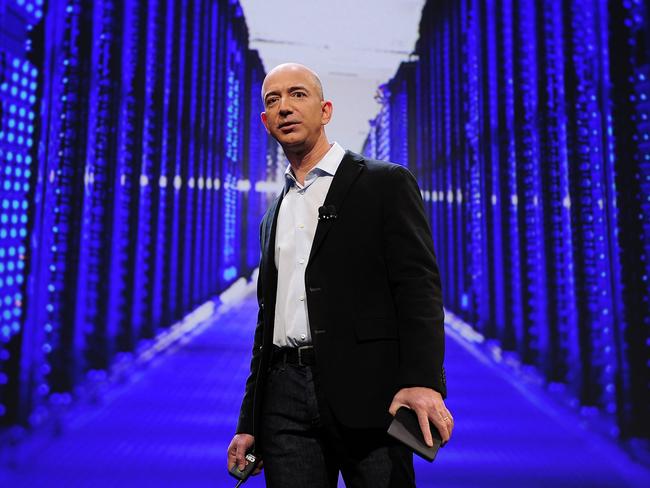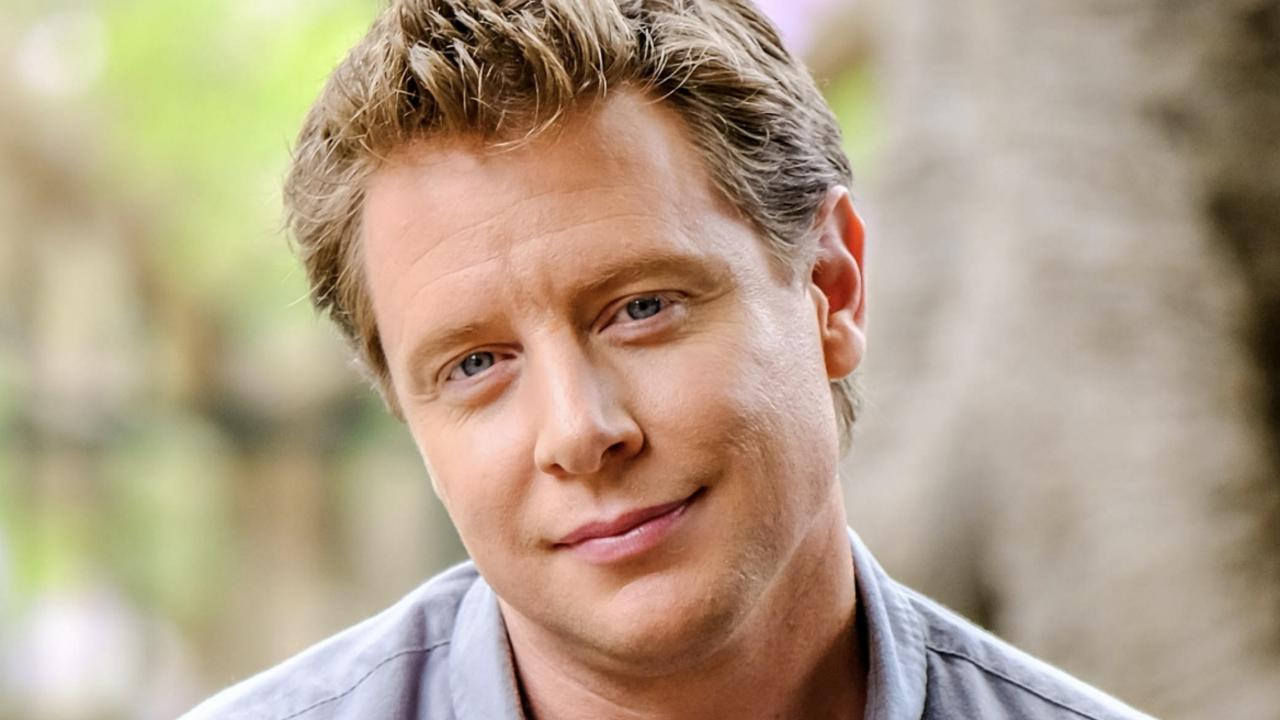Scott Pape: What Amazon means for Australian jobs and shoppers
AMAZON’S impending arrival, if the US is any guide, will please shoppers who need something delivered quickly. But the outlook for retail workers isn’t so rosy, writes Barefoot Investor.
Barefoot Investor
Don't miss out on the headlines from Barefoot Investor. Followed categories will be added to My News.
GREETINGS from the desert. Phoenix, Arizona to be precise.
Roughly 72 hours ago I left my farm with only an overnight bag slung over my shoulder.
“You’re going away for two weeks — where’s your suitcase?” asked my wife, hands on hips.
“Oh, I’ll just buy the necessities over there — socks and jocks, and a couple of shirts.”
“But you can’t wear undies until you’ve washed them ... they put chemicals in them!” she said, crossing her arms.
(For a woman who dismisses the anti-vaxxer movement as ‘a bunch of weirdos’, this came as a surprise. The Chinese are poisoning our underwear!? Scandalous! Someone should tell Donald).
Read more: Why Apple wants older workers
ONE-HOUR UNDIES
THERE’S method to my madness.
In Phoenix, Amazon has one-hour delivery.
Yes, that’s right. I can have a fresh pair of undies delivered in less time than some blokes sit on the throne.

Amazon’s secret sauce is what it calls ‘Amazon Prime’: for $US99 a year, Prime members get free delivery, plus a huge array of video entertainment and music streaming.
(And they’re not just serving up re-runs of A Country Practice either.)
To fight Netflix, Amazon is reportedly spending $US4.5 billion ($6 billion) on video content this year alone ... last year they dropped $US250 million for 36 episodes of the new incarnation of Top Gear.)
Here’s a practical example of why 80 per cent of Prime members shop with Amazon at least once a month.
Let’s say you find you’re almost out of washing powder.
If you’re old school, you could drive to the supermarket, find a park, find the OMO, pay for it, then drive home.
Or, with an Amazon Prime account you could:
Buy it on your computer with a few clicks before you leave work.
Or, tap on your phone while you’re in the lift.
Or, walk into your house and say to your entertainment system “Alexa, buy me some OMO”.
Or, more likely, you would have already pressed your ‘Amazon OMO Dash button’ when you were doing your last load and realised you were getting low.
Whatever way you order, the OMO is delivered to your door, free, and cheaper than it is in the supermarket.
So it’s not surprising that half of all US households are Prime members.
And now it’s coming to Australia.
WHAT AMAZON MEANS FOR SHOPPERS
AFTER years of speculation, Amazon has announced it’s coming to Australia.
They’re looking for a warehouse — the first of many — with floorspace of about five MCGs.
So what does it mean for shoppers?

Well, the company has been tight-lipped about its plans (other than to say they’ll compete on a platform of “low prices, vast selection and fast delivery”), yet we can look at their efforts in other countries to see what’s in store for us.
Amazon launched in Spain six years ago, and they now provide a range of 175 million products, and their Prime service offers delivery within one hour.
There are rumours that Amazon will follow the same playbook here, with one fund manager suggesting Amazon was already performing price audits and would undercut local retailers by 30 per cent.
All this explains why a Nielsen poll earlier in the year found that 56 per cent of Aussies would buy from Amazon.
WHAT AMAZON MEANS FOR WORKERS
ACCORDING to the National Retail Association, there are more than 1.3 million people employed in the retail sector — the largest amount in Australian history.
However, if the US is a guide, many of them are in danger of losing their jobs over the next decade.
American retailers are closing stores at a record pace this year.
This week The Wall Street Journal reported that as many as 8600 shops are on track to close this year — considerably more than in the GFC and subsequent recession.
So far 10 retailers have filed for bankruptcy already this year.
And here’s the rub: Amazon only needs half as many workers to sell the same amount of merchandise a traditional department store does.

(And that’s before CEO Jeff Bezos replaces many of his warehouse workers with state-of-the-art robots, which he’s already implementing after he bought a robotics company called Kiva Systems for $775 million in 2012 — and renamed it Amazon Robotics.)
The irony is that in the early ’90s, the big retailers laughed at Amazon.
(Then again, at the time a bell would ring in the Amazon office every time a customer made a purchase.)
Today, Amazon does $100 billion a year in sales.
So how did Bezos build the world’s largest retailer in a few decades?
Three ways:
First, he understood better than anyone where the game was going. Retailing has been (and always will be) a low-margin business — consumers will buy from the store with the cheapest prices.
So the only way Amazon could win big was by getting really big, really quickly.
Second, unlike nearly every chief executive on earth, Bezos is willing to forgo profits to get really big, really quickly.
Case in point, on the plane over here, I read through Bezos’s latest annual shareholder letter.
The most interesting thing about it was what he did not write: there are zero references to the word ‘profit’ in the report.
Not one.
He’d rather reinvest his profits into worldwide domination.
Finally, Bezos is relentless (in fact, if you type ‘relentless.com’ into your search bar it redirects to Amazon.com. Try it!).

At this stage in the game, with many retailers on the ropes, Bezos is pouring billions of dollars a year into bets like drone delivery, live sports, and entertainment — all to keep his customers hooked on Amazon Prime.
And that’s exactly what he’ll do in Australia, which is why Morgan Stanley has dubbed Amazon ‘The Country Killer’.
Anyway, I’m off ... I’ve got to wash my undies in the sink.
Tread Your Own Path!
Read more Barefoot:
Knowledge is key to dodging a financial bullet
Scott Pape on why he rarely tells people to sell family homes
What to do when you've lost everything
Bad taste lingers after GFC financial loss
Scott Morrison and the house that debt built
Originally published as Scott Pape: What Amazon means for Australian jobs and shoppers


